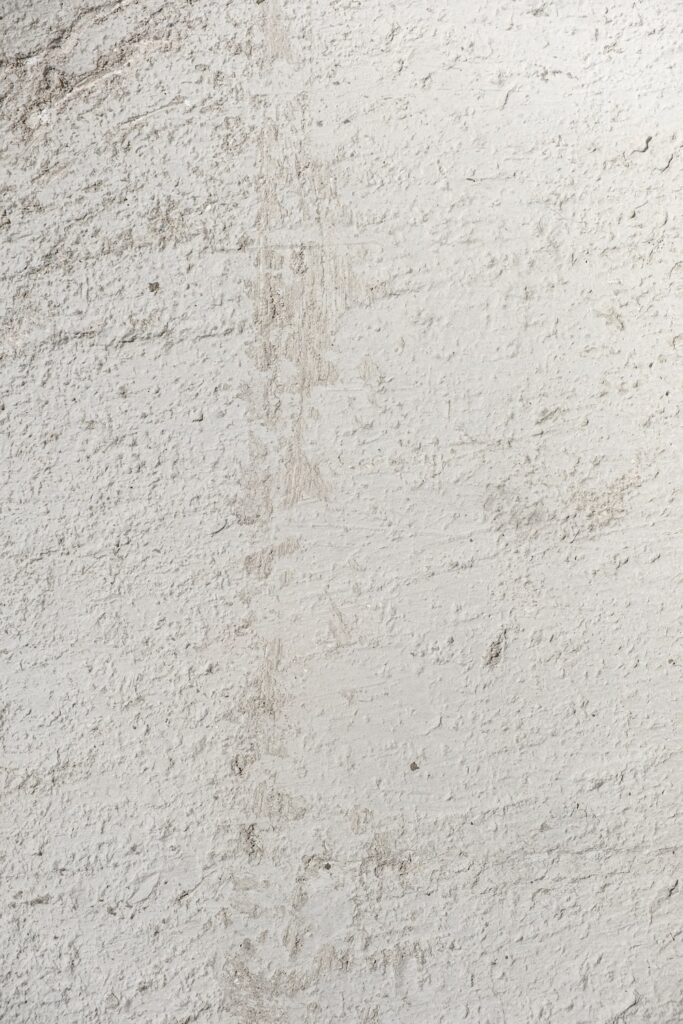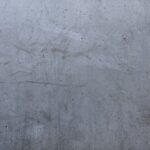Limestone pavers are a popular choice for outdoor spaces due to their durability and natural beauty. Over time, however, these pavers can accumulate dirt, grime, and even stains, causing them to lose their lustre.
In this article, we will provide you with a step-by-step guide on how to clean limestone pavers, ensuring that your outdoor area remains a welcoming and visually stunning haven.
Following these simple steps, you can revitalize your outdoor space and bring back the beauty of your limestone pavers. Regular cleaning will not only enhance their appearance but also extend their lifespan.
So, roll up your sleeves and give your outdoor area the attention it deserves. Enjoy the satisfaction of a clean and inviting outdoor environment.
Key Points
Cleaning your limestone pavers can bring back their natural beauty and transform your outdoor space. However, it’s important to know the right methods and products to use to avoid damaging the pavers.
Here’s a quick version of the steps for cleaning your limestone.
1. Sweep away loose dirt and debris from the surface of the limestone.
2. Rinse the limestone surface with clean water, using a hose with a nozzle to remove debris and dirt. If available, use a pressure washer on the lowest setting for a more powerful rinse.
3. Find a neutral stone cleaner specifically formulated for limestone or other natural stones. Mix a mild detergent or stone cleaner designed for limestone with warm water in a bucket.
4. Dilute the stone cleaner with water according to the instructions on the label. Apply the solution to the limestone surface and use a cloth or sponge to lightly scrub in small sections. Pay extra attention to any stains or heavily soiled areas, using a scrub brush or soft bristle brush if necessary.
5. Rinse the area with clean water as you scrub to prevent the solution from drying on the surface.
6. Thoroughly rinse the limestone with clean water to remove any residue. Dry the limestone using a lint-free cloth, gently buffing to achieve a polished shine. Use the lint-free cloth to buff the limestone in circular motions until the surface feels dry to the touch.
7. Apply or reapply a sealant to protect the limestone pavers from stains, damage, and scratches. Make sure the surface is clean and dry before using a brush or roller to evenly distribute the sealant.
8. Allow the sealant to dry completely before walking or placing any objects on the surface.
9. Regularly reapply the sealant to maintain the protection and appearance of your outdoor limestone pavers.
Regular maintenance is key to keeping your limestone pavers looking their best. Sweep or use a leaf blower regularly to remove debris and prevent dirt from settling into the paver’s surface.
By following these practical tips, you can revitalize your outdoor space and enjoy the beauty of your limestone pavers for years to come.

How To Clean Outdoor Limestone Pavers
Cleaning outdoor limestone is a simple process that can be done using a few easy steps.
Sweep and Rinse With Water
Start by sweeping away any loose debris from the surface. Then, spray the limestone surface with the hose, focusing on removing any stubborn debris and dirt that may have accumulated over time. The water pressure will help loosen up stubborn grime, ensuring a more effective cleaning.
Begin at one end of your outdoor space and gradually work your way towards the other end, making sure to cover the entire surface evenly. This will ensure that every part of the limestone receives a thorough rinse.
If you happen to own a pressure washer, using it on the lowest setting can provide an even more powerful rinse. This will help wash away any particularly stubborn debris, leaving your limestone looking fresh and vibrant.
Use a Stone Cleaner for Limestone
Next, you need to find a neutral stone cleaner that’s specifically formulated for limestone or other natural stones.
Homemade or commercial household cleaners can be too harsh for these types of stones, so it’s best to avoid them.
Instead, look for a cleaner that’s labelled for use on limestone pavers or other natural stone surfaces. These cleaners are designed to effectively clean the stone without causing any damage or discolouration.
When using the stone cleaner, follow the instructions on the label. Usually, you’ll need to dilute the cleaner with water and then apply it to the limestone surface.
It’s important to note that acidic cleaners should be avoided, as they can etch the surface of the limestone and cause permanent damage. Stick to neutral cleaners that are specifically made for limestone or other natural stones.
Wash and Rinse
Start by diluting the appropriate cleaner in a bucket of water. Then, apply the solution to the limestone surface.
To clean the pavers, take a cloth or sponge and dip it into the diluted cleaner. Begin scrubbing lightly in small sections.
As you scrub, make sure to rinse the area with clean water. This step is crucial because it prevents the solution from drying on the surface. Pay special attention to any stains or heavily soiled areas.
To remove stubborn stains or areas of dirt buildup, gently scrub the surface with a scrub brush or a soft bristle brush. After scrubbing, make sure to rinse the limestone thoroughly with clean water to remove any residue.
Dry the Limestone
Grab a lint-free cloth and gently buff the limestone to achieve a polished shine. This will help remove any stubborn stains.
Allow the pavers to air dry completely before walking or placing any furniture or items on them. This will help prevent slips and falls and ensure that the pavers are fully dry before sealing or applying any additional treatments.
Apply/Reapply Sealant
Maintaining your outdoor limestone is important for its longevity and protection. One way to do this is by reapplying the sealant.
Limestone pavers are porous and can absorb liquids and stains easily. By applying sealant, you create a barrier that prevents substances from entering the stone’s surface, protecting it from dirt, mold, and water damage.
The sealant also helps prevent surface scratching caused by rocks and debris. When applying the sealant, ensure that the surface is clean and dry.
Use a brush or roller to distribute the sealant evenly onto the limestone pavers. Allow it to dry completely before walking or placing any objects on the surface.
Regularly reapplying the sealant revitalizes your outdoor space and keeps your limestone looking its best. It’s a simple step that adds an extra layer of protection and increases the longevity of your outdoor limestone.

Stain Removal on Limestone
Removing stubborn stains from outdoor limestone is a simple process that can help maintain the beauty of your paving and tiles. First, assess the type of stain you’re dealing with.
Chemical/Oil-based stains
For chemical or oil-based stains, you can create a simple paste using flour and hydrogen peroxide. Apply the paste to the stain and let it dry for at least thirty minutes. After that, just brush it off and say goodbye to the stain.
Water Stains
Water stains can be a bit tricky, but we’ve got a solution for that too. All you need is a mixture of warm soapy water with a few drops of vinegar. Just wipe the stain with a mop or sponge, rinse with water, and let it dry. It’s as easy as that! Just remember to avoid using bleach as it can discolour your pavers.
Grout Haze
Now, let’s talk about grout haze. It can be a real headache, but don’t worry, we’ve got a solution. Simply scrub the haze with a soft brush and if necessary, re-hone the limestone. It’s a bit of work, but it’ll be worth it to keep your pavers looking great.
How to Clean Stains
Once you’ve assessed which stain you’re dealing with, prepare the necessary solution to clean the stain. This mixture will help break down the stain without damaging the limestone.
Next, gently scrub the stained area using a soft bristle brush or toothbrush. Focus on the stained spots, ensuring you cover the entire area.
Be careful not to scrub too vigorously, as this could scratch polished limestone surfaces. Once you’ve thoroughly scrubbed the stain, rinse the area with water to remove any remaining soap residue.
For tougher stains that are more resistant, you can use an oscillating tool with 220 grit sandpaper. Remember to exercise caution to avoid scratching the limestone. Always test this method in a small, inconspicuous area first to ensure it won’t cause any damage.
What Not To Use
Cleaning limestone pavers requires special care to avoid damaging the surface. While baking soda is a popular cleaning solution, it shouldn’t be used on limestone pavers.
Baking soda is alkaline and can harm the surface of the stone. Vinegar and bleach are also acidic and can cause etching and discolouration.
To maintain the natural beauty of your limestone pavers, it’s best to use pH-balanced cleaners specifically designed for stone restoration.
Using the right cleaning solutions and avoiding harsh chemicals can effectively clean your limestone pavers without causing any harm.
Benefits of Cleaning Outdoor Limestone Pavers
Cleaning outdoor limestone pavers has several benefits. Here are a few of them:
- Cleaning not only improves their durability and cleanliness but also enhances the overall look of your outdoor space.
- Regular cleaning also helps reveal the natural beauty of the stone that may be hidden under dirt and grime.
- Cleaning the pavers protects them from stains and discolouration caused by weathering, foot traffic, and environmental factors.
- Regular cleaning also prevents the buildup of algae and other organic matter growth. These can make the surface of the pavers slimy and slippery, posing a safety hazard.
How Stone Protection Can Help You Clean Your Outdoor Limestone Pavers
Stone Protection offers a dependable solution to restore and maintain the beauty of your outdoor limestone pavers.
With our specialized techniques and advanced equipment, our professional team will effectively remove all the accumulated dirt, moss, algae, and other contaminants from your limestone pavers.
We understand the intricate nature of limestone and the importance of employing gentle yet thorough cleaning methods to avoid any damage to the surface.
With our professional team, excellent service, and commitment to customer satisfaction, we are ready to provide you with a hassle-free and exceptional cleaning experience.
Trust us to revitalize your limestone pavers and create a welcoming outdoor area that you can enjoy for years to come.
Frequently Asked Questions
Why is my limestone turning black?
Limestone may turn black due to a variety of factors, such as dirt, grime, pollution, or organic growth on its surface.
What is the best cleaner for limestone paving?
The best cleaner for limestone paving typically depends on the specific type of staining or dirt present. Natural, pH-neutral cleaners or mild, soapy water are often recommended.
How do you deep-clean limestone pavers?
To deep clean limestone pavers, first remove any loose dirt or debris, then use a suitable cleaner and a stiff brush or pressure washer to scrub the surface thoroughly.
What is the best chemical to clean limestone with?
It is crucial to avoid harsh chemicals when cleaning limestone. Gentle, pH-neutral cleaners like mild soapy water or specialized limestone cleaners are generally recommended.
Can you use CLR on limestone?
CLR (Calcium, Lime, and Rust) cleaner is not recommended for use on limestone as it contains harsh chemicals that may damage or discolour the surface.
How do you make limestone white again?
To make limestone white again, you can try a mixture of hydrogen peroxide and a few drops of ammonia. However, it’s essential to test this solution on a small, inconspicuous area first to ensure it doesn’t damage the limestone.
Can you use Windex on limestone?
It is not recommended to use Windex or other glass cleaners on limestone, as they may contain chemicals that can harm or etch the stone.





